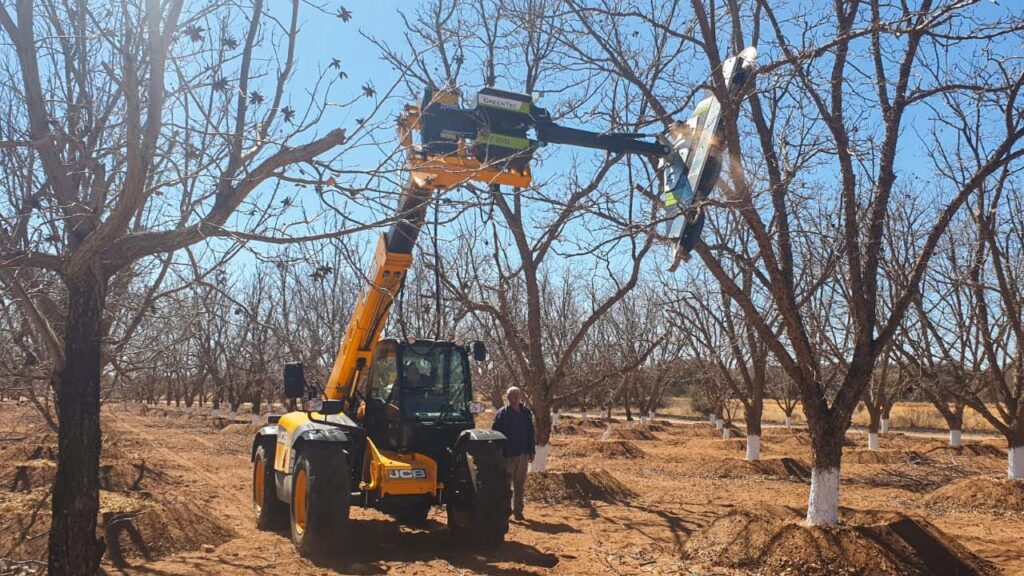A Comprehensive Guide
Pecan trees are valuable assets to any landscape, providing shade, beauty, and a delicious harvest of nuts. However, to maintain their health and productivity, regular trimming is essential. Proper trimming can improve air circulation, allow more sunlight to penetrate, prevent diseases, and promote better nut production. Trimming a pecan tree requires careful attention to detail and timing to ensure you do not harm the tree. In this guide, we will walk you through a step-by-step process on how to trim a pecan tree, the best time to trim, the costs associated with hiring a professional, and the equipment you will need to do it yourself. Whether you are a homeowner with a single tree or managing a larger orchard, this guide will help you keep your pecan trees healthy and thriving.
Step-by-Step Guide to Trimming a Pecan Tree
Trimming a pecan tree involves several key steps that need to be followed carefully to ensure the tree’s health and optimal growth. Here’s a detailed guide:
- Assess the Tree’s Condition:
- Before you start trimming, examine the tree to identify any dead, diseased, or damaged branches.
- Look for branches that are crossing or growing inward as these can cause structural issues.
- Choose the Right Tools:
- Depending on the size of the branches, you may need pruning shears, loppers, a pruning saw, or a pole pruner.
- For higher branches, use a ladder or a pole saw, ensuring safety at all times.
- Start with Dead or Diseased Branches:
- Remove any dead, diseased, or damaged branches first as they can spread diseases or pests.
- Cut at a 45-degree angle just outside the branch collar (the swollen area where the branch meets the trunk).
- Trim for Structure:
- Identify the central leader of the tree and maintain it as the tallest part.
- Remove any competing branches that could challenge this central leader.
- Thin Out Overcrowded Branches:
- Thin out areas where branches are dense to improve air circulation and light penetration.
- Cut back branches that are growing inward or downward, as these do not contribute to the tree’s shape or productivity.
- Shape the Tree:
- Trim the tree to create a balanced shape, with the lower branches shorter than the upper branches.
- This helps in keeping the tree strong and prevents it from becoming top-heavy.
- Clean Up and Dispose of Trimmings:
- Clear away all trimmed branches and leaves from around the tree to prevent the spread of disease and pests.
- Inspect and Adjust:
- Step back and inspect the tree from a distance to ensure it looks balanced and well-shaped.
- Make any additional minor cuts as needed to perfect the trim.

Best Time to Trim a Pecan Tree
Timing is crucial when it comes to trimming pecan trees. Here are the best times to consider:
- Late Winter to Early Spring (February to March):
- This is the ideal time to trim pecan trees because they are dormant. The absence of leaves makes it easier to see the tree’s structure and make precise cuts.
- Trimming during dormancy reduces stress on the tree and minimizes sap loss.
- Avoid Trimming During Nut Production:
- Avoid trimming in late spring or summer when the tree is actively growing and producing nuts. This can reduce the harvest and stress the tree.
- Late Fall:
- If you missed the late winter window, late fall after the leaves have dropped is another suitable time.
- Avoid trimming during extreme weather conditions such as frost or heatwaves, which can further stress the tree.
Cost of Professional Pecan Tree Trimming
Hiring a professional agency to trim a pecan tree can vary in cost depending on several factors such as tree size, location, and the complexity of the job. Here’s a breakdown of the expected costs:
| Service | Average Cost | Factors Influencing Cost |
|---|---|---|
| Small Tree (under 30 feet) | $100 – $300 | Accessibility, health of the tree |
| Medium Tree (30 – 60 feet) | $300 – $700 | Amount of trimming needed, debris removal |
| Large Tree (over 60 feet) | $700 – $1,500 | Equipment required, proximity to structures or power lines |
| Additional Services (e.g., pest control, disease treatment) | $50 – $150 per service | Specific needs of the tree |
- Factors Affecting Costs:
- Tree Size and Height: Larger trees require more time, effort, and specialized equipment.
- Tree Health: Trees that are diseased or have heavy infestations may require extra work.
- Location: Trees located near buildings, power lines, or other obstacles can increase costs.
- Debris Removal: Some companies charge extra for hauling away trimmings.
Equipment Required for Trimming a Pecan Tree
Having the right equipment is essential for safe and effective tree trimming. Here is a list of tools you might need:
- Pruning Shears: For small branches up to 1/4 inch thick.
- Loppers: For medium-sized branches up to 1-1/2 inches thick.
- Pruning Saw: For larger branches over 1-1/2 inches thick.
- Pole Pruner: To reach high branches without using a ladder.
- Ladder: A sturdy, preferably tripod ladder, is best for stability.
- Safety Gear: Gloves, safety glasses, and a hard hat to protect from falling branches.
- Disinfectant: To clean tools between cuts, especially when dealing with diseased wood, to prevent spreading pathogens.
Additional Tips for Trimming Pecan Trees
- Sterilize Tools: Clean your pruning tools with rubbing alcohol or a bleach solution between cuts, especially when trimming diseased branches.
- Avoid Over-Trimming: Only trim up to 25% of the tree’s canopy at once to avoid stressing the tree.
- Proper Cuts: Always cut branches at the collar, not flush with the trunk, to help the tree heal faster.
Conclusion of this Article
Trimming a pecan tree is an essential part of its care and maintenance, promoting healthier growth, preventing disease, and enhancing nut production. While it can be a manageable task for homeowners with the right tools and knowledge, hiring a professional can ensure the job is done safely and correctly, especially for larger or more complex trees. By following this guide, you can keep your pecan trees in top condition, contributing to their longevity and productivity for many years to come. Whether you choose to do it yourself or hire a professional, the key is regular and proper maintenance.


